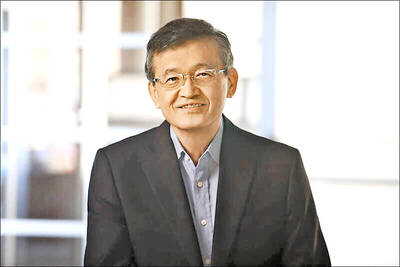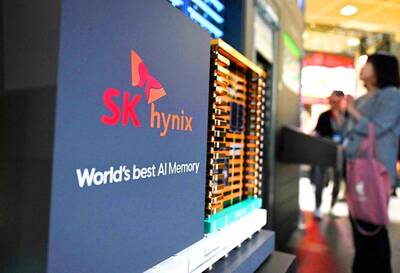India’s economic growth accelerated for the first time since 2007, indicating that the global recession’s impact on Asia’s third-largest economy is waning.
GDP expanded 6.1 percent in the three months to June 30 from a year earlier after a 5.8 percent rise in the previous quarter, the Central Statistical Organization said in New Delhi today. Economists expected a 6.2 percent gain.
The recovery may stall as a deficient monsoon threatens to reduce farm output in rural areas, where three-fifths of India’s 1.2 billion people live. A growth slowdown coupled with faster inflation caused by higher food and commodity prices would pose a “dilemma” for the central bank on whether to raise borrowing costs, Governor Duvvuri Subbarao said last week.
“The weak monsoon has complicated the situation for the central bank,” said Saugata Bhattacharya, an economist at Axis Bank Ltd in Mumbai. “Poor rains will hurt growth and stoke inflationary pressures as well.”
India’s benchmark Sensitive stock index maintained its declines yesterday, dropping 1 percent to 15,755.33 in Mumbai at 11:12am local time. The yield on the key seven-year government bond held at a nine-month high of 7.43 percent, while the rupee was little changed at 48.86 to the greenback.
Before the rains turned scanty, the Reserve Bank of India on July 28 forecast the economy would grow 6 percent “with an upward bias” in the year to March 31, the weakest pace since 2003. It also raised its inflation forecast to 5 percent from 4 percent by the end of the financial year. The key wholesale price inflation index fell 0.95 percent in the week to Aug. 15.
The central bank’s Aug. 27 annual report said that withdrawing the cheap money available in the economy would heighten the risk of weakening “recovery impulses,” while sustaining inexpensive credit for too long “can only increase inflation in the future.”
As the global recession hit India, the central bank injected about 5.6 trillion rupees (US$115 billion) into the economy, which, together with government fiscal stimulus, amounts to more than 12 percent of GDP.
The Reserve Bank kept borrowing costs unchanged in its last monetary policy statement on July 28 and signaled an end to its deepest round of interest-rate cuts on concern that inflation will “creep up” from next month. The next policy meeting is scheduled for Oct. 27.
Morgan Stanley economist Chetan Ahya expects the economy to grow between 5.2 percent and 5.8 percent in the year to March 31. That would make India the fastest growing major economy after China, attracting overseas companies including Harley-Davidson Inc, the biggest US motorcycle maker.
Steel Authority of India Ltd, the nation’s second-largest steelmaker, has said that demand for so-called flat products, mainly used to make automobiles, is rising and has increased prices by 900 rupees, or 3.4 percent, a tonne.

Intel Corp chief executive officer Lip-Bu Tan (陳立武) is expected to meet with Taiwanese suppliers next month in conjunction with the opening of the Computex Taipei trade show, supply chain sources said on Monday. The visit, the first for Tan to Taiwan since assuming his new post last month, would be aimed at enhancing Intel’s ties with suppliers in Taiwan as he attempts to help turn around the struggling US chipmaker, the sources said. Tan is to hold a banquet to celebrate Intel’s 40-year presence in Taiwan before Computex opens on May 20 and invite dozens of Taiwanese suppliers to exchange views

Application-specific integrated circuit designer Faraday Technology Corp (智原) yesterday said that although revenue this quarter would decline 30 percent from last quarter, it retained its full-year forecast of revenue growth of 100 percent. The company attributed the quarterly drop to a slowdown in customers’ production of chips using Faraday’s advanced packaging technology. The company is still confident about its revenue growth this year, given its strong “design-win” — or the projects it won to help customers design their chips, Faraday president Steve Wang (王國雍) told an online earnings conference. “The design-win this year is better than we expected. We believe we will win

Power supply and electronic components maker Delta Electronics Inc (台達電) yesterday said it plans to ship its new 1 megawatt charging systems for electric trucks and buses in the first half of next year at the earliest. The new charging piles, which deliver up to 1 megawatt of charging power, are designed for heavy-duty electric vehicles, and support a maximum current of 1,500 amperes and output of 1,250 volts, Delta said in a news release. “If everything goes smoothly, we could begin shipping those new charging systems as early as in the first half of next year,” a company official said. The new

SK Hynix Inc warned of increased volatility in the second half of this year despite resilient demand for artificial intelligence (AI) memory chips from big tech providers, reflecting the uncertainty surrounding US tariffs. The company reported a better-than-projected 158 percent jump in March-quarter operating income, propelled in part by stockpiling ahead of US President Donald Trump’s tariffs. SK Hynix stuck with a forecast for a doubling in demand for the high-bandwidth memory (HBM) essential to Nvidia Corp’s AI accelerators, which in turn drive giant data centers built by the likes of Microsoft Corp and Amazon.com Inc. That SK Hynix is maintaining its